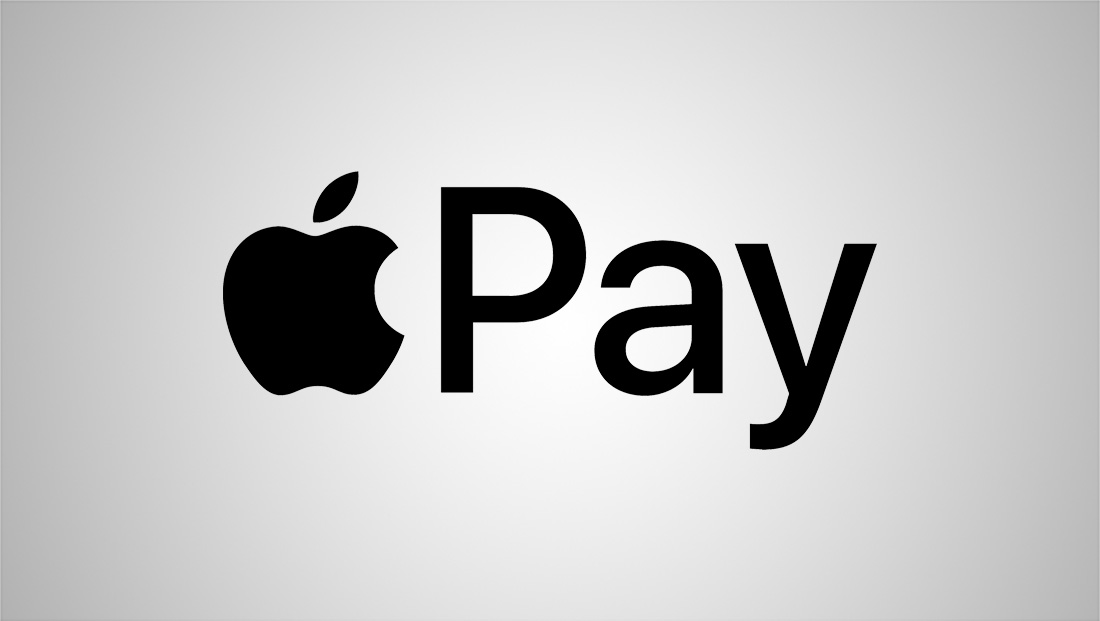Apple gets into BNPL game, adding dynamic order tracking to wallet app
By MixDex Article may include affiliate links

Apple is jumping on board the “buy now pay later” bandwagon.
The company announced its “Apple Pay Later” BNPL service at its WWDC June 6, 2022.
Apple’s take on BNPL isn’t exactly revolutionary, though initial screenshots released by the company indicate that it might bring a bit more transparency to the payment option by clearly outlining how much is due at purchase and then in the next three payments: At weeks 2, 4 and 6.
It also appears to have added an Apple Pay Later section in the wallet app that shows information such as total payments due and what’s due in the next 30 days, features that appear to be designed to help shoppers budget, similar to how its Apple Card payment dial is designed to clearly showcase how much interest, if any, users will pay on balances as they increase or decrease their payment amounts.
There’s also a list of upcoming payments as well as the ability to pay early.
Like many BNPL services, Apple doesn’t charge the consumer any additional fees.
Initial reports indicate there will be no additional fees for sellers.
Apple did mention that Apple Pay Later will work seamlessly anywhere Apple Pay is already accepted online, in-app or using the Mastercard payment network at physical retailers.
This means developers won’t need to do any additional work for users to use the option.
Apple also did not immediately note if merchants still get their funds upfront, though most BNPL services work that way.
The service will work anywhere any of those types of payments are accepted, though disclaimers on the screenshots released indicate that eligibility checks and approvals may be required. The company did not clarify if a credit check is required.
In addition, the company also announced it’s expanding the wallet app to include order tracking features, but these features will only work with participating merchants. In many ways, this feature appears to be much like Shopify’s Shop app in that it consolidates purchases across multiple merchants into a single list view with easy access to tracking and other pertinent information.
BNPL services were once a hot space within ecommerce, with multiple competitors offering similar services, including Quadpay, Klarna, Afterpay and Affirm. Most of these services make money by charging merchants a percentage of the purchase price in addition to any credit card processing fees.
However, some of these companies have stumbled in recent months as the tech and fintech industry as a whole has cooled off.
Apple, as one of the world’s largest companies with huge amounts of cash in the bank, may have a one-up as far as cashflow goes and may be more interested in getting more consumers to pay through its services so it’s willing to take on the risk of what are essentially unsecured consumer loans without pocketing any other fees.
In other commerce-related news, Apple also announced that compatible iPhones will now be able to be used as essentially paired down POS units for customers using Apple Pay during face-to-face transactions via contactless “taps.”

